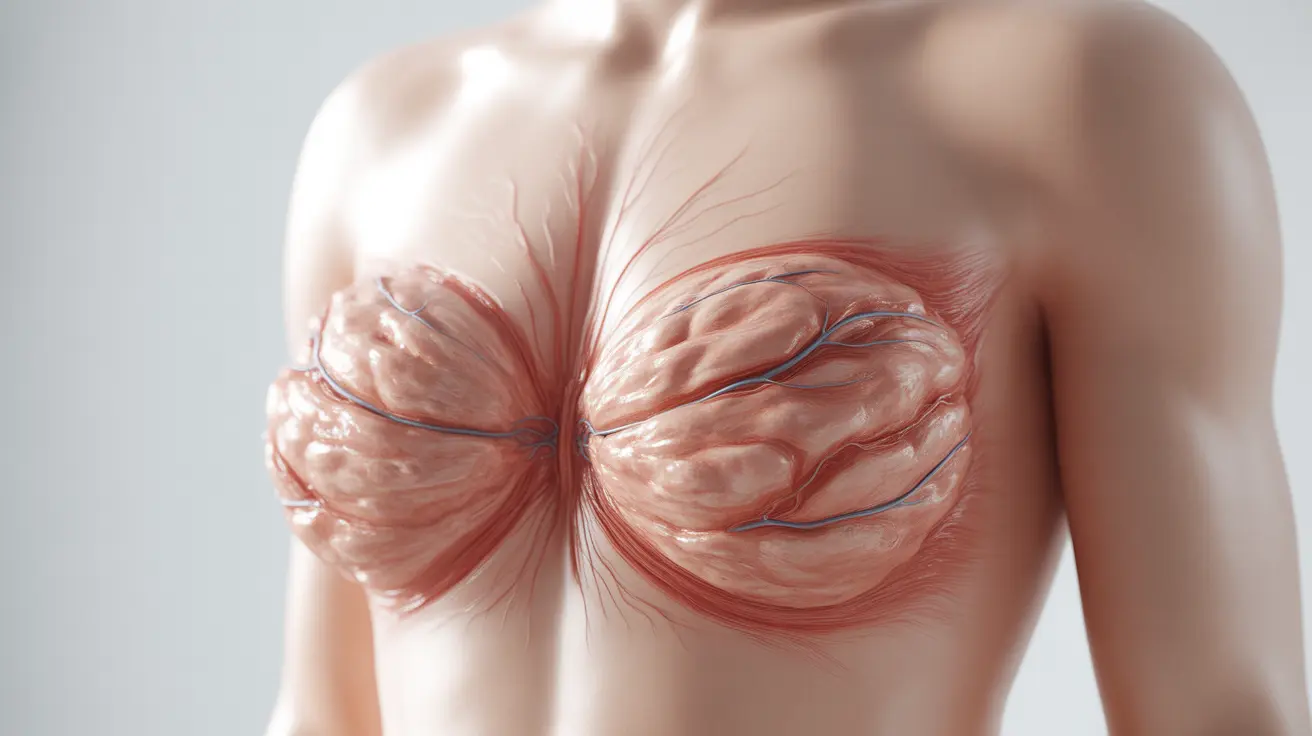The Relationship Between Caffeine and Breast Pain
Caffeine can affect breast tissue in several ways, primarily due to its effects on hormones and blood vessels. Some individuals report increased breast tenderness or pain after consuming caffeinated beverages, while others may experience no effects at all.
The stimulant properties of caffeine can lead to changes in breast tissue, potentially causing:
- Increased blood flow to breast tissue
- Temporary inflammation
- Enhanced sensitivity to hormonal changes
- Possible aggravation of fibrocystic breast changes
Understanding Left-Sided Breast Pain
While caffeine's effects typically occur in both breasts, some people report more noticeable discomfort in their left breast. This one-sided pain isn't necessarily cause for concern, but understanding its patterns can help determine whether caffeine is the underlying cause.
Fibrocystic Breast Changes and Caffeine
Fibrocystic breast changes affect many women, and caffeine consumption may influence the severity of symptoms. These changes can cause:
- Lumpy or rope-like breast texture
- Tenderness or pain
- Swelling that fluctuates with hormonal cycles
- Areas of thickened tissue
The Role of Diet in Breast Pain Management
Diet modifications, particularly regarding caffeine intake, can play a significant role in managing breast pain. Consider these dietary factors:
- Caffeine consumption levels
- Hydration status
- Salt intake
- Overall nutritional balance
When to Seek Medical Attention
While breast pain related to caffeine consumption is usually benign, certain symptoms warrant medical evaluation:
- Severe or persistent pain
- Unusual changes in breast appearance
- New lumps or masses
- Pain that interferes with daily activities
Frequently Asked Questions
Can caffeine consumption cause pain or discomfort specifically in the left breast?
While caffeine can cause breast pain, it typically affects both breasts. If you're experiencing pain specifically in the left breast, it's important to track when the pain occurs and consult with a healthcare provider to rule out other causes.
Does reducing or eliminating caffeine help relieve fibrocystic breast pain or tenderness?
Many people report improvement in breast pain and tenderness after reducing caffeine intake. However, results vary by individual, and it may take several weeks of reduced caffeine consumption to notice any changes.
Is there a proven link between caffeine intake and increased breast density or breast cancer risk?
Current research shows no definitive link between caffeine consumption and breast cancer risk or increased breast density. However, caffeine can affect hormone levels and breast tissue sensitivity in some individuals.
How can I tell if my breast pain is related to caffeine or another underlying cause?
Keep a detailed diary of your caffeine intake and breast pain symptoms for several weeks. If pain decreases with reduced caffeine consumption, there may be a connection. Always consult a healthcare provider for proper evaluation.
What lifestyle changes besides caffeine reduction can help manage fibrocystic breast symptoms?
Additional helpful lifestyle changes include maintaining a consistent exercise routine, wearing well-fitted supportive bras, reducing salt intake, staying hydrated, and managing stress levels. Some people also find relief through evening primrose oil supplements or applying warm compresses.




